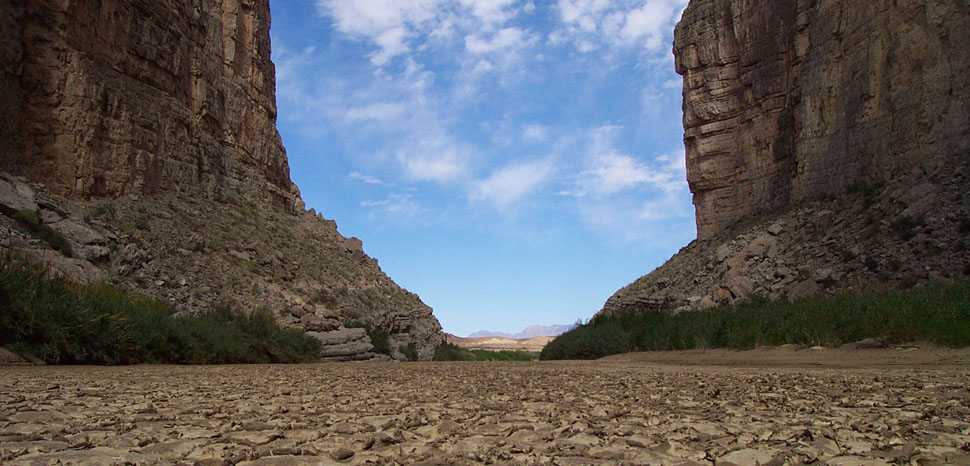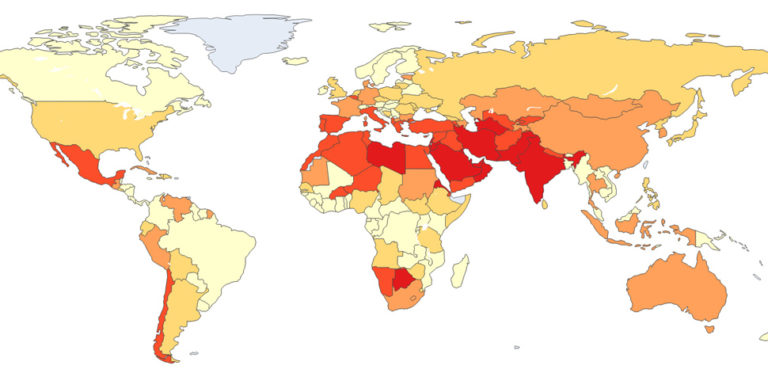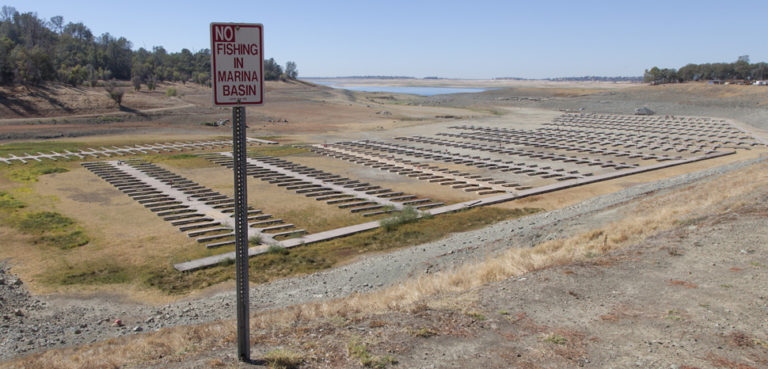Summary
Mexico is in the grip of a severe drought, which has left reservoir levels dangerously low and threatened agricultural production throughout much of the country. And despite the fact that, with the notable exception of northwestern provinces like Chihuahua and Sonora, rains are forecast to bring some relief over the summer, barring a radical regulatory shift, it appears only a matter of time before the agricultural shocks of 1996 and 2011 are eventually repeated in the country.
Background
The present drought is already among the worse in memory, with the outlook expected to deteriorate further in certain regions as summer temperatures heat up. Currently, around 70% of the country is experiencing drought conditions, 20% of which falls under the ‘extreme’ classification. Over the previous decade, the typical percentage of territory experiencing extreme drought would fall somewhere under 5% on average. Some of the worst-affected states at present include Durango, Sinaloa, Chihuahua, and Sonora.
As an arid/semi-arid country, Mexico is no stranger to parched conditions. Indeed, drought is more the exception than the rule in certain regions, and extreme dry spells have led into agricultural shocks several times in recent memory, i.e. 1996 and 2011. However, Mexico’s hydrological baseline has been consistently deteriorating on the back of supply- and demand-side pressures.
On the demand side, intensive urbanization and industrialization are drawing more water than is able to be replenished by natural systems. For example, the 10 largest pairs of cities along the US-Mexico border have grown from a total of 560,000 people to over 10 million people today. Mexico City’s growth from 3.4 million in 1950 to nearly 22 million in 2021 has made it a global byword for urban sprawl; unsurprisingly, the city is also at the center of Mexico’s water concerns. Big agriculture is also another major consumer of water, with some 76.6% of available national supply going toward irrigation. And, similar to the case of California, some of the crops its being diverted to are water-intensive and thus exacerbate the scarcity; for example, lettuce and alfalfa.
On the supply side, warming temperatures are increasing evaporation in Mexico’s surface reserves – a phenomenon that is particularly pronounced in arid regions such as the west of the country.
This ebb and flow of gradually intensifying drought is important to keep in mind when considering impacts on the country’s water supply, which are becoming more pronounced with every passing year. Some 77 of Mexico’s 210 major reservoirs are currently running below 25% as of the end of June. This number is a notable increase from 2020, when 56 reservoirs were below the 25% mark, and 2019, when 40 were. Moreover, satellite imaging reveals dramatic declines at some key reservoirs, such as Villa Victoria, which provides most of Mexico City’s water supply.
Impact
The status quo is clearly unsustainable in terms of Mexico’s water usage. In the words of Rafael Sanchez Bravo of Chapingo Autonomous University, “I have no doubt that in 2022 there will be a crisis… the reservoirs are completely depleted.”
Individual hardships are becoming ubiquitous, such as fishermen losing their lakes, farmers having to fight with local authorities to irrigate their crops, and drivers needing hours of additional time to fill their water tankers.
But there are also macro-level impacts to consider looking ahead to 2022, as hinted by Rafael Sanchez Bravo. Consider the 2020 US-Mexico water conflict, which saw Mexican farmers clashing with state authorities, resulting in at least one death. The clashes arose from water transfers from Mexico to the United States, mandated under a water-sharing treaty signed in 1944 (the transfers go two ways and are meant to balance the bilateral water account). Water transfers were seldom a problem in the past, as the water systems they sought to regulate had never wavered in their abundance. But this is now changing. Water shortages on both sides of the border are generating new political frictions, prompting plans for new treaty talks in 2023, with environmentalists pushing to insert clauses to shore up water conservation measures in both states.
Mexico’s central bank has flagged the drought as “part of the shocks we’re seeing affect inflation,” according to one of its top economists. Lower agricultural yields produce upward pressure on food prices. The trend is evident in soy and corn prices through the first half of 2021; the harvest for both crops continues to be whittled away by drought conditions throughout the Americas.
It goes without saying that the Mexican agricultural industry is extremely vulnerable to the ongoing drought. Livestock ranchers in Sonora and Chihuahua have had to reduce their inventories by as much as 40%, and often at reduced prices due to out-of-state ranchers being equally unable to procure enough water to take additional animals on. In terms of grains, drought conditions prevail in the top producing states for corn (Sinaloa), sorghum (Tamaulipas), and wheat (Sonora). According to recent estimates, the sorghum crop forecast has been halved for 2021 due to water pressures, frost damage, and delayed planting in Tamaulipas.
Forecast
Though the short-term outlook appears bleak, some optimism can be gleaned from the fact that it appears demand-side factors are outweighing the supply-side in the current water crisis. Average rainfall levels in Mexico are actually higher now than they were 20 years ago – a benefit for farmers notwithstanding the temperature increases over the same period. This all suggests that the current water crisis can be mitigated and maybe even reversed by enacting new regulations to protect preexisting resources and reduce household and industrial water waste. Success will be a tall order politically, but with every passing year it becomes clearer that failure is not an option.




